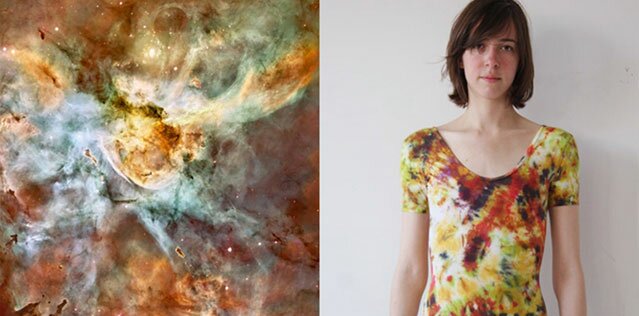

STYLE/DESIGN
A Q&A with Shabd Simon-Alexander
The world Shabd Simon-Alexander fashioned is far afield from those you would associate with the word "Tie Dye." But for years she has been creating an artful, unique line of clothes using the techniques of Tie Dye. Now, while briefly putting the making of seasonal collections on the back burner, she has written and had published, "Tie-Dye: Dye it, Wear it, Share it," to spread the joy of Tie Dye. Shabd discussed why she wanted to write this book.
RSS Feed